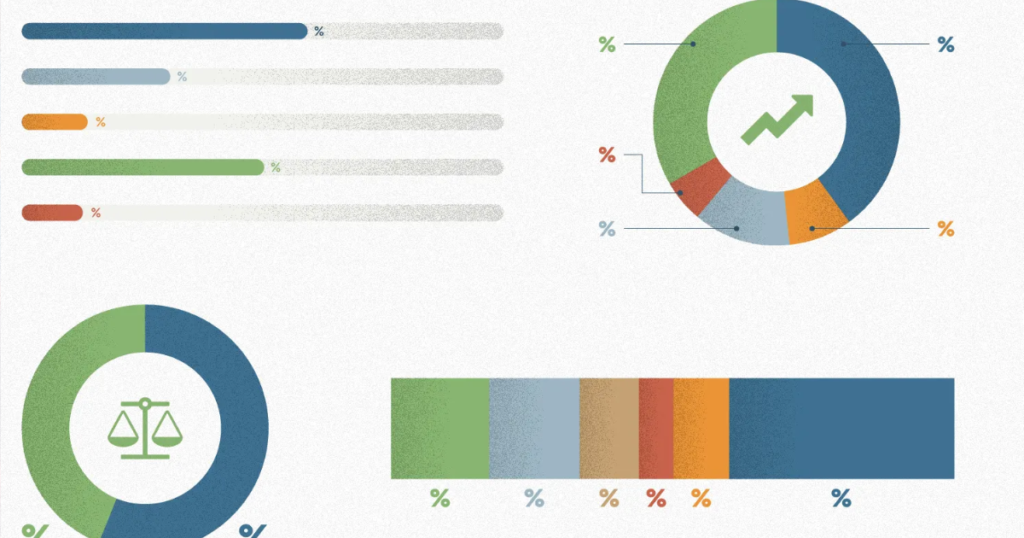Intraday trading strategies depend heavily on accurate information. Charts based on data offer comprehensive insights into market activities. These charts are used by traders to make real-time trading adjustments.
Tick, volume, and range bar charts are among these charts. Every chart type supports various trading philosophies and facilitates rapid trend identification.

Intraday Trading Strategies: Tick Charts for Quick Actions
Tick charts focus on the number of trades, not time. Each bar represents a fixed number of transactions. For example, a 144-tick chart shows a new bar after every 144 trades.
This chart type increases in bar count during high activity. During slow markets, fewer bars form. Thus, it adjusts automatically based on market speed.
Intraday Trading Strategies: Volume Charts Reveal Activity
Volume charts show how many contracts were traded. Each bar appears after a set volume threshold, like 1,000 shares.
These charts reveal market strength. They help traders assess momentum and spot active trading zones.
Range Bar Charts for Precision
Range bar charts highlight price movements, not time or volume. A bar forms only when a set price range is covered.
For example, in a 10-tick range chart, each bar shows 10 ticks of movement. This allows traders to track volatility precisely and act with confidence.
Advantages of Data Based Intraday Charts
This section is referenced from the blog “Advantages of Data Based Intraday Charts” by geTogether. How traders might alter data intervals to accommodate long or short trades is explained in the article. Additionally, it states that when higher and lower timeframes are in line, demand-supply strategies perform better. It also highlights the drawbacks, such as market noise and fast responses to minor occurrences.
In conclusion, intraday trading strategies become more effective with the right chart type. Tick, volume, and range bar charts help traders act fast and smart. Always match chart intervals with your trading goals for the best results.




